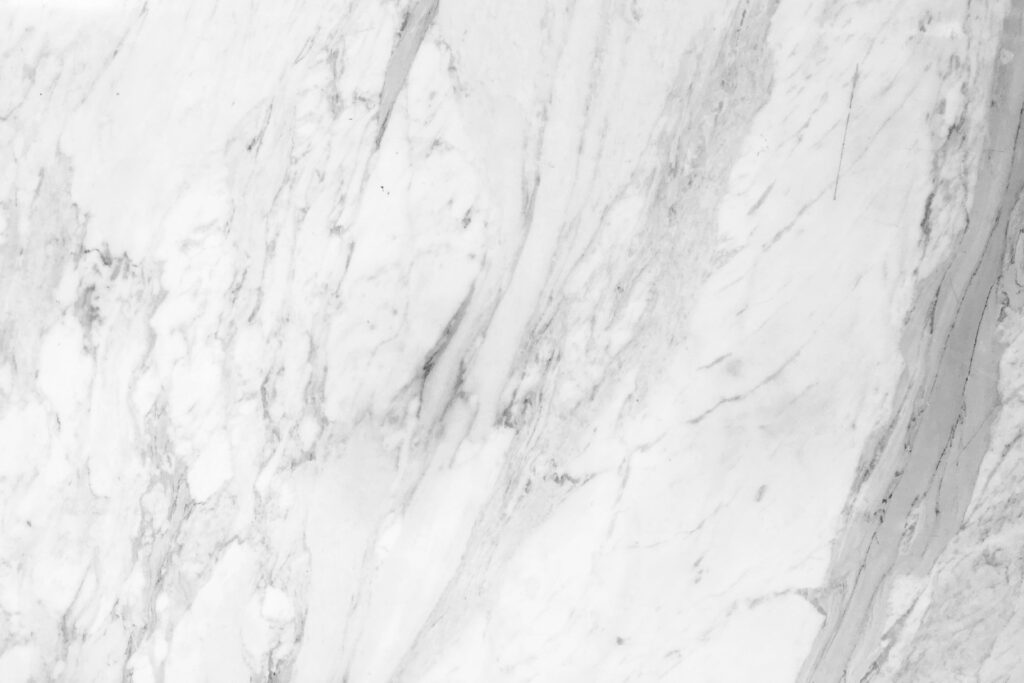There’s a reason that marble is so popular in interior design. It is classic, elegant, and unique; since each slab is different, no two pieces look the same!
People are also drawn to it because of its durability and because it is heat resistant (a definite plus in the kitchen!)
However, most people fall in love with the look and do not think about maintenance. Marble can be finicky to clean and difficult to maintain.
Do not let that stop you! Armed with a little bit of know-how and a few simple cleaning supplies, you can keep your marble floor or countertop looking elegant and timeless for years to come!
The Drawbacks of Marble
Marble is more porous than other surfaces, which means that stains can settle and stay if left unattended. Additionally, it means that it can be easier to scratch.
Knowing this will help you to realize the importance of cleaning and sealing your marble regularly (more on that below).
Seal It!
The number one tip to keeping your surface looking good is to make sure that you seal it. Talk to your manufacturer to determine the right sealant to use for your countertop or floor.
Don’t forget – if you are cleaning a countertop, you want to make sure that the sealant that you use is food safe. You certainly do not want to get sick!
You may be wondering how often you should seal your surface. Again, it is best to check with your manufacturer, but a good rule of thumb is every few months.
Once you have selected your sealant, apply it according to the manufacturer’s instructions.
Prevention is the key here. Sealants will not make your stain proof but it will make them stain resistant.
What’s the difference? It means that while it can stain, it gives you some time to clean it up before you have a problem.

Use the Right Cleaners
Your best bet to cleaning marble is actually quite simple – good old fashioned soap and water. Just make sure that you rinse well and dry your surface thoroughly.
Don’t forget that marble can be sensitive, so do not use heavy brushes on your surface. For flooring, start with a dust mop.
Do not use a vacuum as it will drag dirt across your floor and result in etches and scratches.
Acid is especially damaging to marble. Keep items like lemon away from your marble and never use a cleaner that contains vinegar.
Removing Stains
Unfortunately, making a mess is unavoidable. Despite your best intentions, you may have spilled something on your beautiful floor or countertop and are concerned that you’ve ruined it.
Your best defence here is speed – get that stain up quickly! Experts tend to agree that most stains can be removed with 12% hydrogen peroxide mixed with a couple drops of ammonia.
Etching
Like we mentioned, marble can be delicate and prone to little scratches. Try and prevent scratches by using coasters, furniture pads and drying mats on your marble surface.
Minor scratches can be buffed using steel wool. Any larger scratches or damaged areas need to be looked at by a professional.
